I have been taking time with the second part of Menakem's book, which is titled "Remembering Ourselves". He says, "The place to begin the all-important healing of trauma is with the body. Your body. Each of our bodies." He provides body and breathing practices to get to know, experience and understand the body. I have been enjoying these practices and have incorporated some of the ways to settle into a movement practice. The movement sequences shared below bring in novel ways to move the spinal chain and mobilize the joints. "Sometimes trauma energy can get stuck in the joints," Manakem states. The momentum and rotations can help to release the energy and reduce the tension along the kinetic chain.
| | |
Disclosure: I only recommend programs and products that I would use myself. If you use these links to purchase something, I may earn a small commission at no additional cost to you.

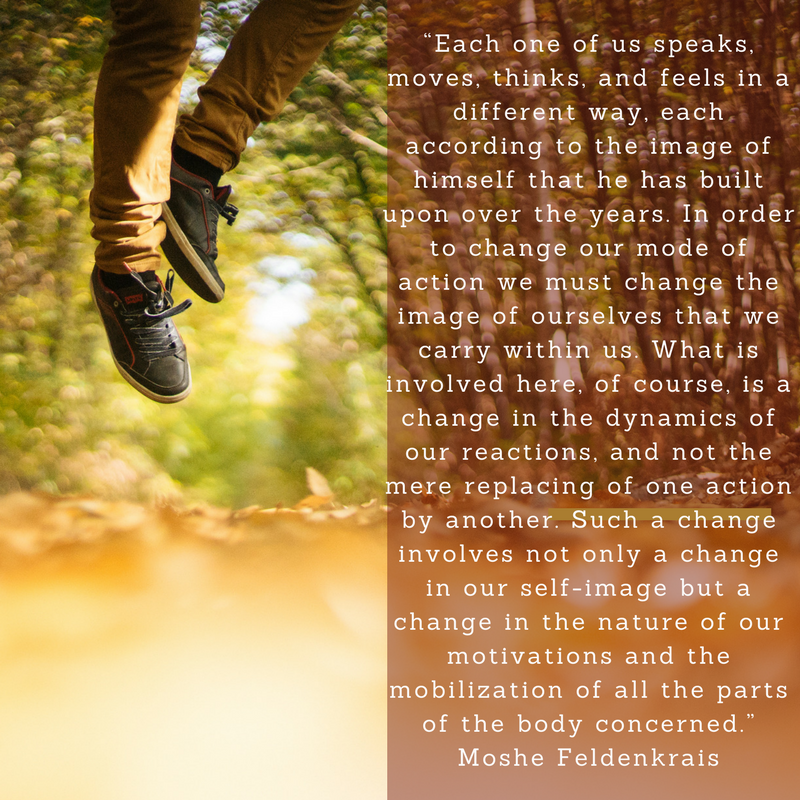
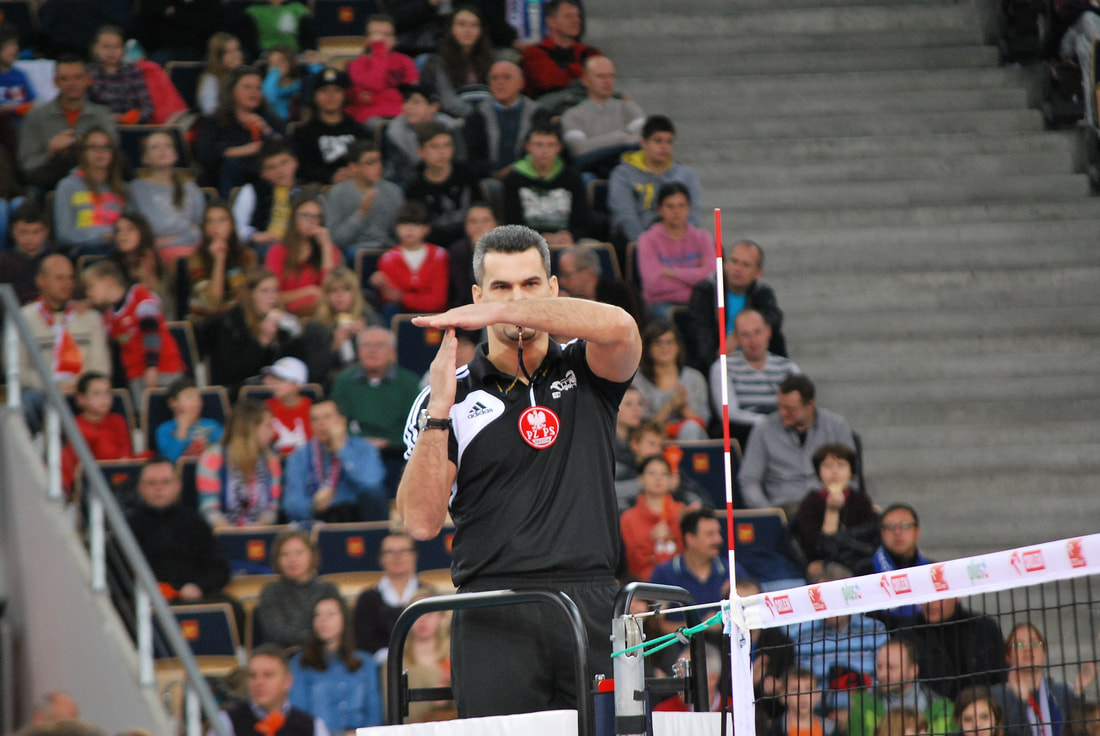
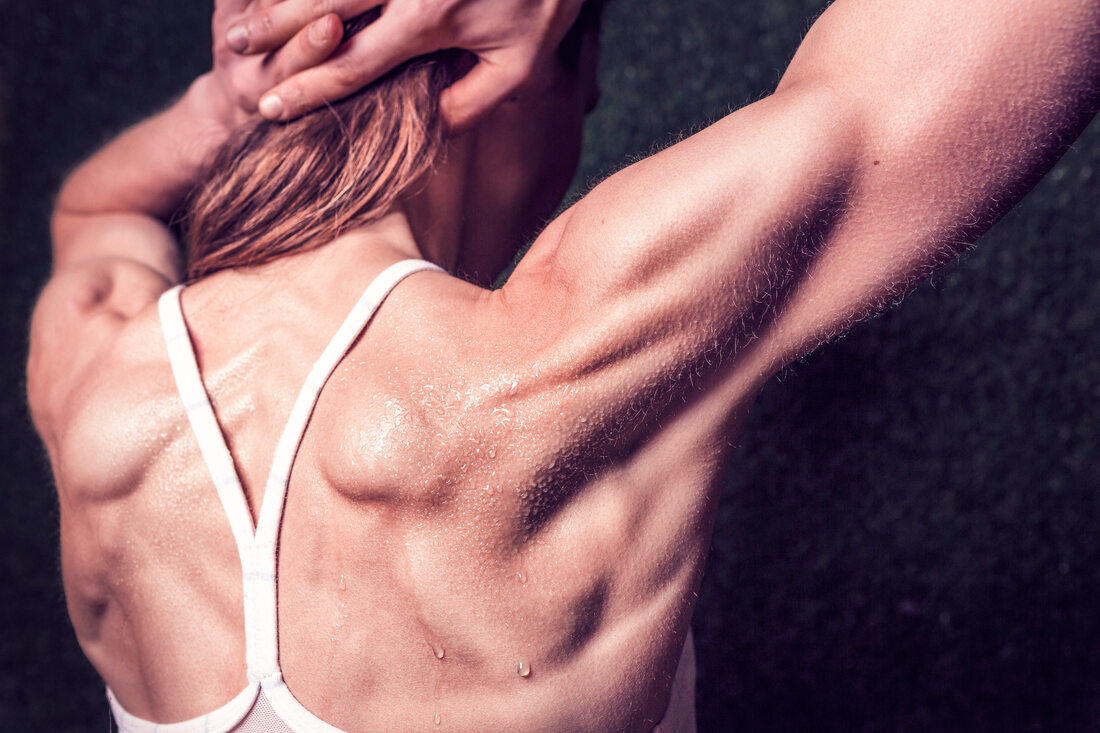
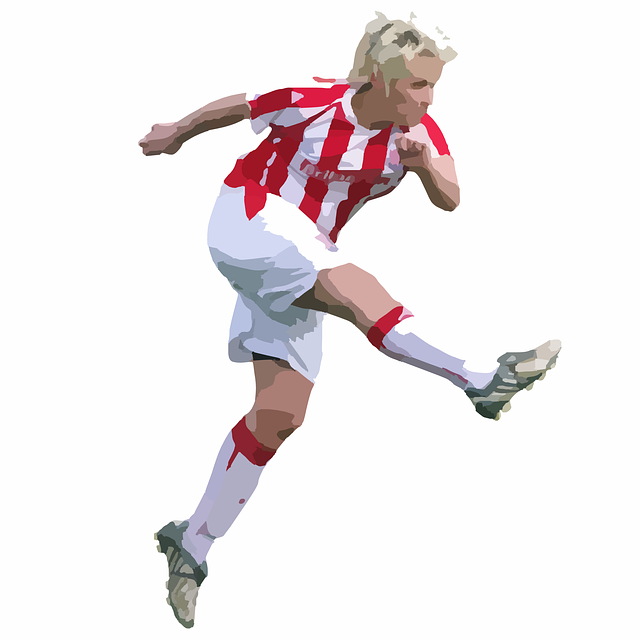
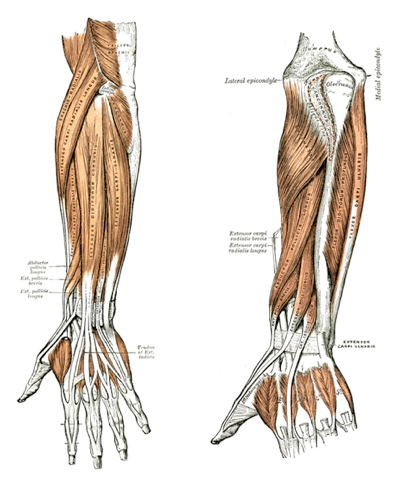
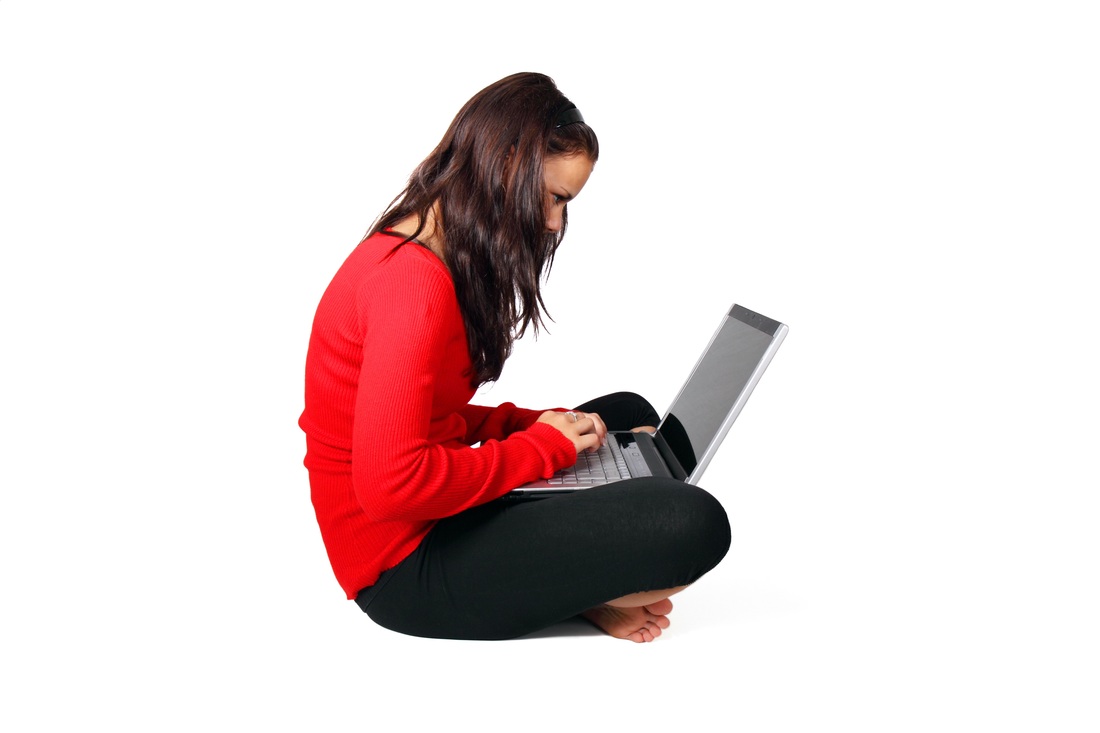
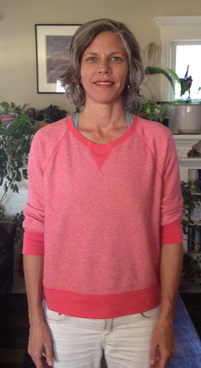
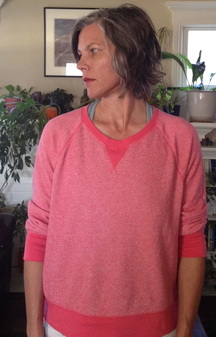

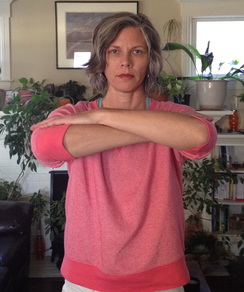
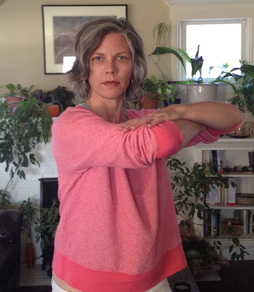
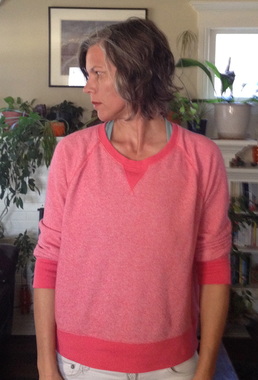
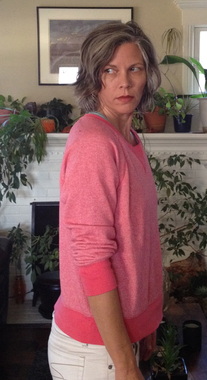
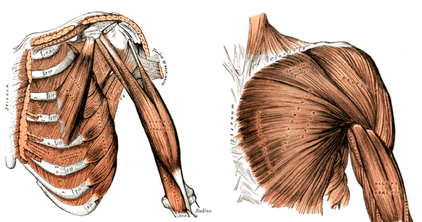
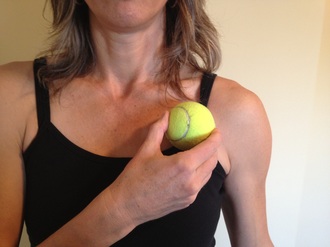
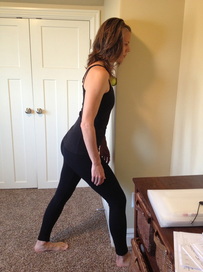
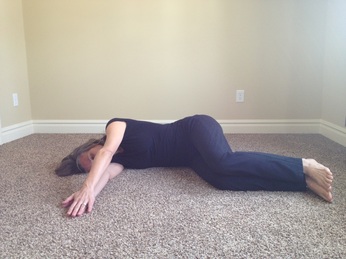
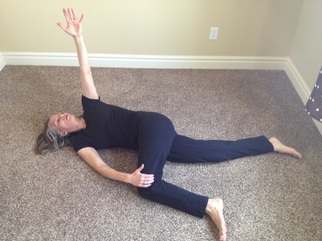
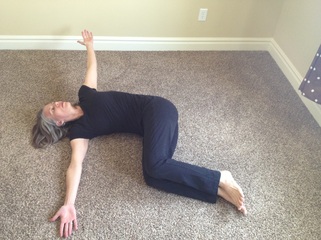
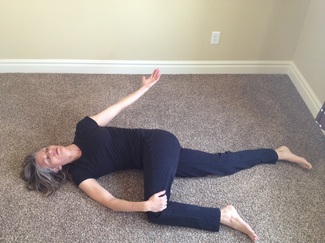






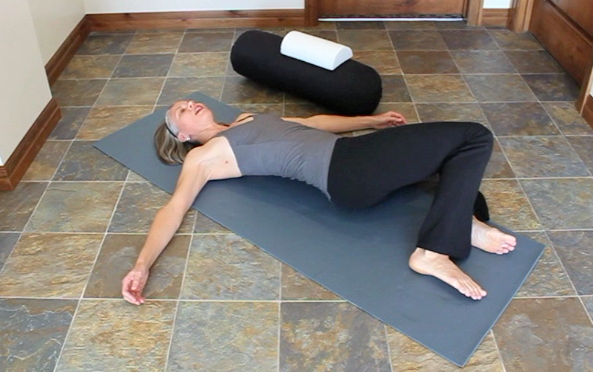
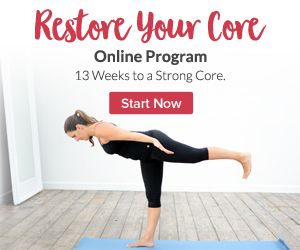
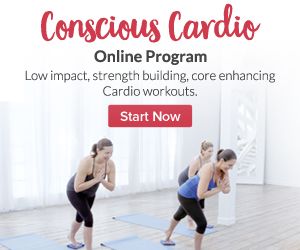
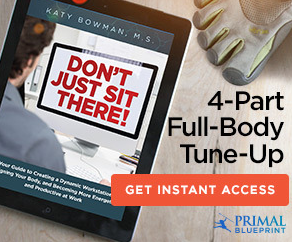
 RSS Feed
RSS Feed